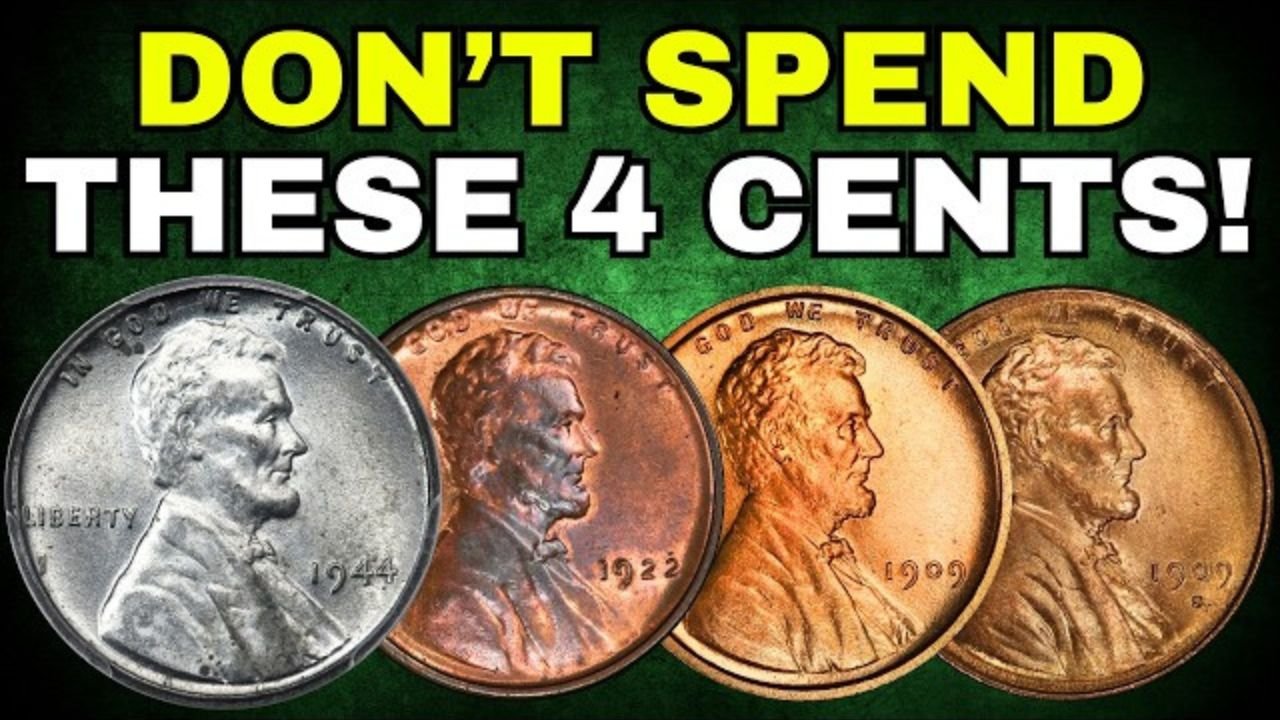A rare Lincoln Wheat Penny, a small coin with a big story, recently sold for a jaw-dropping $144,000 at an auction, sparking excitement among coin collectors and everyday folks alike. This tiny piece of history, first minted over a century ago, has some versions that are worth a fortune due to their rarity and unique features. Could one of these valuable coins still be hiding in your change jar or circulating in pocket change across the United States? Let’s dive into what makes this penny so special and how to spot one.
A Glimpse into the Lincoln Wheat Penny’s History
The Lincoln Wheat Penny, introduced in 1909 to celebrate Abraham Lincoln’s 100th birthday, was the first U.S. coin to feature a real person. Designed by Victor David Brenner, it has Lincoln’s portrait on the front and two wheat stalks on the back, giving it the “Wheat Penny” nickname. Minted until 1958, billions were made, but certain years and mint marks make some pennies incredibly rare. The coin that fetched $144,000 was a 1914-D in pristine condition, one of only a few known to exist.
Why Some Pennies Are Worth a Fortune
Not all Lincoln Wheat Pennies are valuable, but specific ones stand out due to errors or low production numbers. For example, the 1914-D penny was minted in Denver in limited quantities, making it a collector’s dream. Another rare find is the 1943 bronze penny, accidentally struck in bronze instead of steel during World War II. Condition matters too; coins graded as “mint state” by services like PCGS or NGC can fetch huge sums. The $144,000 penny was nearly flawless, boosting its value.
| Rare Lincoln Wheat Pennies | Estimated Value (Mint Condition) |
|---|---|
| 1914-D | $75,000 – $150,000 |
| 1943 Bronze | $100,000 – $200,000 |
How to Spot a Valuable Penny
Finding a rare penny takes a keen eye. Check the date and mint mark, a small letter on the front of the coin (D for Denver, S for San Francisco, or no letter for Philadelphia). Use a magnifying glass to look for errors, like doubled letters or numbers, known as “double die” varieties. The 1955 double die penny is a famous example, worth thousands. Also, examine the coin’s condition; shiny, unworn pennies are more valuable. If you suspect a rare find, have it appraised by a professional coin dealer.
| Key Features to Check | What to Look For |
|---|---|
| Date & Mint Mark | 1914-D, 1943 Bronze, 1955 Double Die |
| Condition | Shiny, no wear, clear details |
Are These Pennies Still Out There?
Believe it or not, rare Lincoln Wheat Pennies could still be in circulation. People often overlook old coins in their change, and some end up in jars or piggy banks. Coin experts estimate thousands of valuable pennies remain undiscovered, especially in older collections or estates. Checking your change or inherited coins could lead to a surprising discovery. Stories of people finding rare pennies at flea markets or in pocket change keep hope alive for treasure hunters.
Start Your Treasure Hunt Today
The idea of finding a $144,000 penny is thrilling, but it starts with simple steps. Look through your loose change, old coin rolls, or family heirlooms. Visit local coin shops or join online forums to learn more about collecting. Even if you don’t find a fortune, the hunt is fun and connects you to history. So, next time you get change, take a closer look; you might just have a Lincoln Wheat Penny worth more than its weight in gold.
